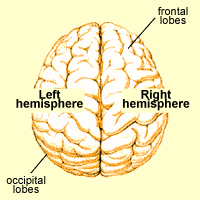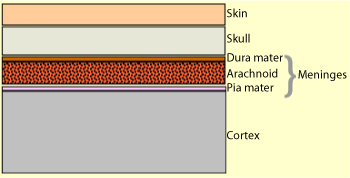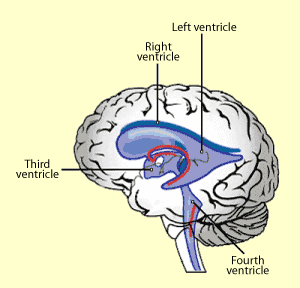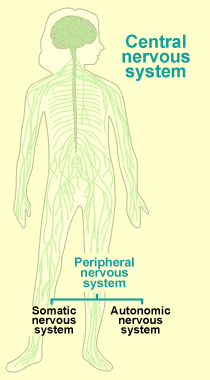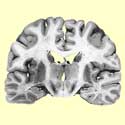|
|
|
The brain is something like the body’s control tower. It must be kept quickly informed of the body’s needs and of the resources available in the environment to satisfy them. For this purpose, the brain relies on a vast network of “wiring” distributed throughout the body: the nerves. Together with the brain and the spinal cord, the nerves constitute the nervous system. To distinguish the control centres from the information pathways, we divide the nervous system into two sub-systems (to see them, run your cursor over their names in the following diagram):
|
=
Unlike the brain’s four external lobes, the limbic lobes, also called the cingulate gyri, are visible only when a sagittal section of the brain is made.
|
|
|
|
|
|
In addition to making the major distinction between the central and peripheral nervous systems, scientists also frequently subdivide the body’s nerves into two other main categories:
|
=
'연구하는 인생 > Anatomy' 카테고리의 다른 글
| anatomy of human body animation (0) | 2013.10.14 |
|---|---|
| MEMORY AND LEARNING (0) | 2012.03.03 |
| http://www.ithaca.edu/faculty/lahr/LE2000/LE_index.html (0) | 2011.06.05 |
| Nasal Cavity 鼻腔 Paranasal Sinus 副鼻腔 (0) | 2011.04.07 |
| Human brain (0) | 2011.01.18 |
